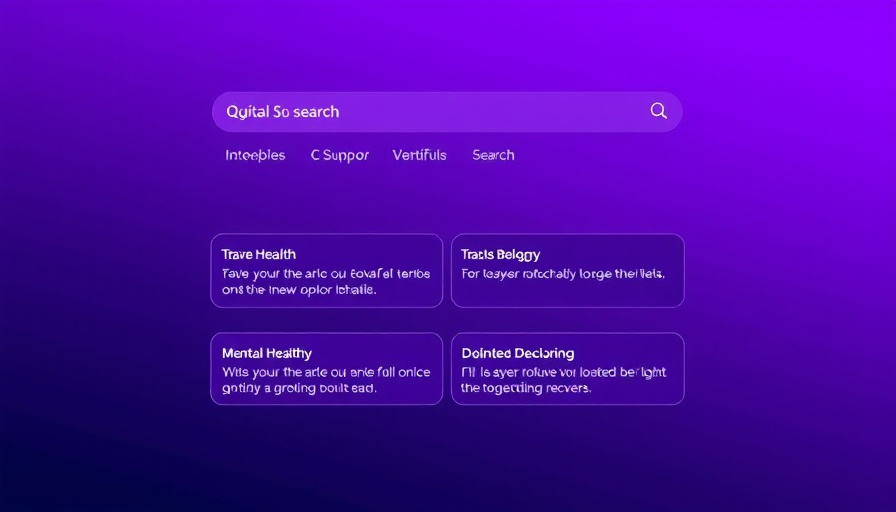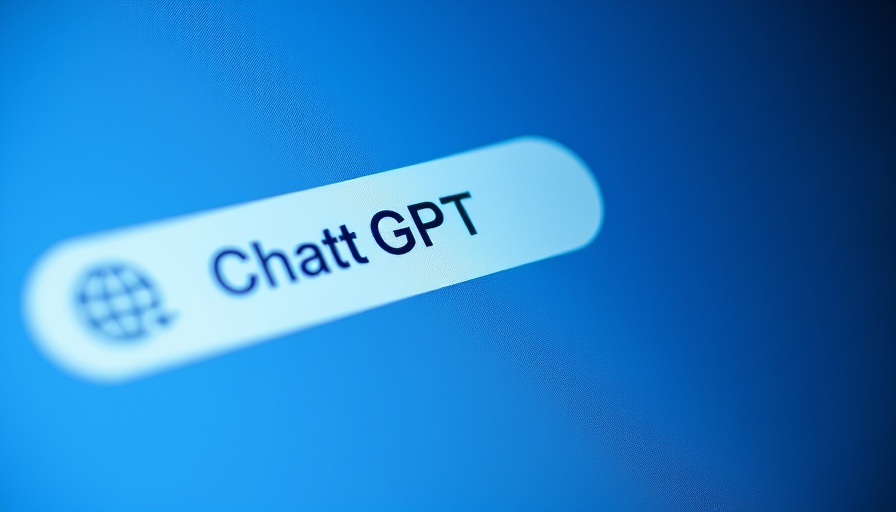
ChatGPT's Legal Challenges Highlight the Perils of Misinformation
The case of Arve Hjalmar Holmen, a Norwegian man wrongly accused by ChatGPT of murdering his children, has ignited significant discussions around the legal responsibilities of AI tools and the dangers of misinformation. Holmen has filed a complaint with Norway’s Data Protection Authority, claiming that OpenAI's chatbot made false claims that he was convicted of heinous crimes he never committed. This incident brings to the forefront concerns related to both AI accountability and individual rights, particularly in an era where misinformation can spread rapidly.
Understanding the Context: Why This Case Matters
The legal action taken by Holmen comes as a part of a broader trend where individuals are becoming aware of the ramifications of AI-generated content. Digital rights organization Noyb, representing Holmen, argues that ChatGPT has violated European data protection laws by providing inaccurate personal information. Misinformation from AI chatbots can ruin lives, as public perception can shift with an unfounded accusation that lacks verification.
How AI Hallucinations Pose a Risk to Individuals
This situation underscores a known issue with AI: hallucinations. AI-generated misinformation can include completely inaccurate statements masquerading as truth. Companies like OpenAI have acknowledged this risk but have often relied on disclaimers indicating that their outputs may contain errors. Critics contend that this is insufficient and point out that when a chatbot issues damaging misinformation, it puts innocent individuals at risk of losing their reputations without the chance for redress.
The Public Reaction and Broader Implications
Public sentiment is understandably alarmed by the potential for AI to misinform. Readers should note that many are concerned about the possible consequences, where even a small inaccuracy could lead to significant personal and social fallout. Holmen expressed his anxiety about the perpetuation of his fabricated narrative, stating, “there is no smoke without fire,” which reflects a common belief that can lead to individuals distrusting those unjustly accused.
The Need for Regulations in AI Technology
As AI technology continues to advance and become integrated into many industries, the call for regulation grows louder. In the face of incidents like Holmen's, discussions around how AI should be governed, including standards for accuracy and accountability, are becoming increasingly necessary. OpenAI’s continuous updates to its models concern some regulatory experts who worry that unless core guidelines are established, more individuals may find themselves at the mercy of AI inaccuracies.
Precautions and Safeguards: What Can Be Done?
This incident serves as a call to action for both developers and users of AI technologies. For developers, incorporating higher standards for data validation and the citing of sources can significantly reduce the risk of misinformation. For end-users, critical thinking remains paramount; individuals should approach AI-generated content with skepticism and seek corroboration from trustworthy sources.
Conclusion: Navigating the Future of AI
Understanding the implications of this case extends beyond Holmen's situation—it reflects larger questions about how society will navigate the evolving landscape of AI. As these technologies grow, so will the need for ethical guidelines, transparency, and the commitment to accuracy. The public discourse must shift towards engaging with AI responsibly and advocating for regulations that protect individuals from false narratives.
If you want to explore more insights into AI and its implications, this week brings you our weekly AI roundup that analyzes the latest trends in AI technology, ensuring you stay informed about the landscape that affects us all.
 Add Row
Add Row  Add
Add 




 Add Row
Add Row  Add
Add 

Write A Comment